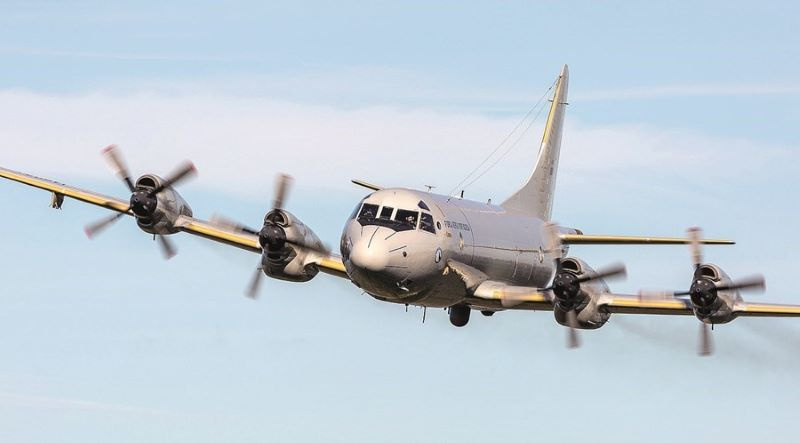Rédaction Africa Links 24 with Expresso das Ilhas
Published on 2024-03-30 10:02:00
An aircraft from the Portuguese Air Force with a crew of 37 military personnel is participating in joint surveillance missions of the Exclusive Economic Zone of Cape Verde until Monday.
On Thursday afternoon, the P3-C Orion took off from the international airport in Praia, the capital of the archipelago, for the fourth flight under a treaty between the two countries that this year reaches adulthood (18 years) and regulates joint surveillance of Maritime Spaces under Sovereignty or Jurisdiction of the Republic of Cape Verde, signed on September 16, 2006.
The missions carried out this weekend in Cape Verde are the last of a journey that began almost a month ago, as part of the “Africa Maritime Law Enforcement Partnership” (AMLEP).
The P3-C Orion aircraft from the Portuguese Air Force departed on March 4 from Beja Air Base for a 30-day mission and about 100 hours of flight time, starting in São Tomé and Príncipe.
It has already completed 50 hours over the waters of Cape Verde and plans to do another 30 until the end on Monday.
“The overall goal of Portugal in these bilateral cooperation agreements and with international entities is to contribute to stability in the Gulf of Guinea,” in this case, through surveillance in the maritime areas of São Tomé and Príncipe and Cape Verde, said Major Bruno Silveira, who leads the detachment.
The Gulf of Guinea is a vast area of the Atlantic Ocean that follows the curve of the African coast from Côte d’Ivoire (northwest) to Gabon (southeast) and where there is a regular record of piracy and illegal activities.
Portugal joins international efforts to “ensure freedom of movement and prevent illegal trafficking,” explains Bruno Silveira, inside the aircraft, while monitoring operations both in the cockpit and observation posts.
During the flight, squadron members observe monitors with video camera images scanning the sea, while others show signals detected by sensors.
There are also other elements observing the maritime area directly with binoculars.
For a few moments, the images and information on the monitors focus on a boat: this last flight of the day is focused on fishing vessels.
“This aircraft collects information that is transmitted to the Cape Verdean authorities,” who then assess if there is any threat to maritime activities or signs of illegality, he explains.
“We are at the service of the authorities: when we detect something of interest, we report it,” explains Bruno Silveira.
The autonomy of the P3-C Orion has allowed continuous flights of six to eight hours over the waters of the archipelago, ensuring coverage of the entire exclusive economic zone on each flight.
The results of the surveillance will only be revealed after the missions are completed on Monday, with the return of Squadron 601 to Beja scheduled for Tuesday.
Read the original article(Portuguese) on Expresso das Ilhas



